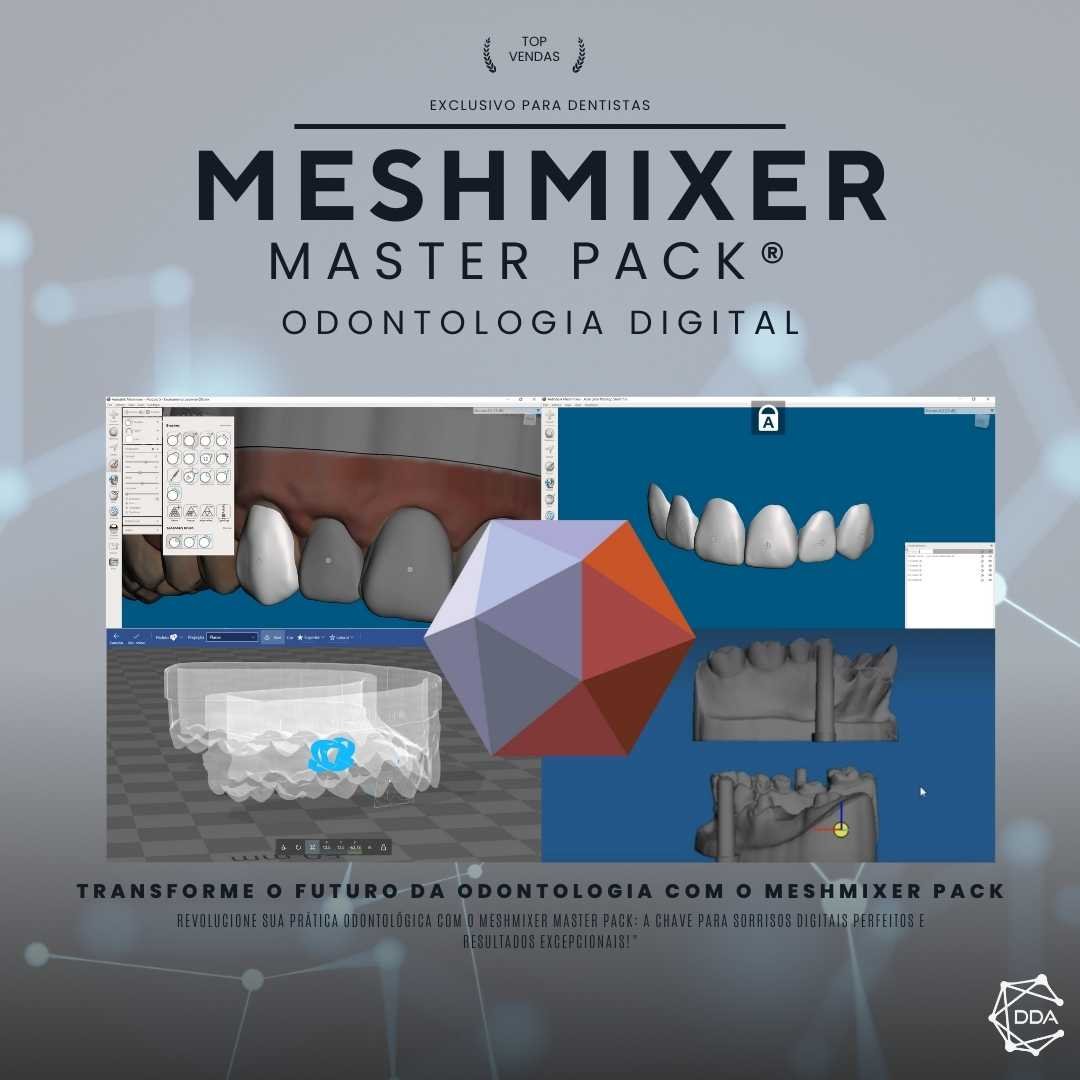What is it: Digital Exposure Time in Radiography
Digital exposure time in radiography is a fundamental concept in the field of digital radiology. This is the time required for the digital sensor to capture the radiographic image during an examination. This time is determined by the amount of radiation emitted by the equipment and the sensitivity of the sensor, and may vary according to the type of exam and the patient's characteristics.
How Digital Exposure Time works in Radiography
To better understand how digital exposure time works in radiography, it is important to know the process of capturing the radiographic image. When the equipment emits radiation towards the patient, part of this radiation is absorbed by the body's tissues, while another part passes through the body and reaches the digital sensor.
The digital sensor is composed of a matrix of small radiation-sensitive elements, which convert radiation into electrical signals. These electrical signals are then processed by the computer and transformed into a digital image, which can be viewed and analyzed by the radiologist.
The digital exposure time in radiography is directly related to the amount of radiation emitted by the equipment. The greater the amount of radiation, the shorter the exposure time required to capture a quality image. On the other hand, if the amount of radiation is very low, it will be necessary to increase the exposure time to obtain an adequate image.
Importance of Digital Exposure Time in Radiography
Digital exposure time in radiography is a crucial factor in obtaining quality radiographic images. An inadequate exposure time can result in images that are underexposed, where details are barely visible, or overexposed, where details are lost due to excess radiation.
Furthermore, too long an exposure time can lead to blurred images, as the patient's movement during the exam can cause the image to blur. On the other hand, a very short exposure time can result in images with high noise, impairing the visualization of details.
Factors that influence Digital Exposure Time in Radiography
Several factors can influence digital exposure time in radiography. One of the main factors is the density of the tissue to be x-rayed. Denser tissues, such as bones, absorb more radiation and require a shorter exposure time. Less dense tissues, such as soft tissues, absorb less radiation and require a longer exposure time.
Another important factor is the patient's thickness. Thicker patients require a greater amount of radiation for the image to be captured properly, which may influence the exposure time required.
Benefits of Digital Exposure Time in Radiography
Digital exposure time in radiography has several benefits. One of the main ones is the reduction of the radiation dose received by the patient. With digital radiology, it is possible to adjust the amount of radiation emitted according to the patient's characteristics, ensuring adequate exposure and minimizing the risks associated with ionizing radiation.
Furthermore, the digital exposure time in radiography also allows for greater agility in the diagnostic process. Digital images can be viewed immediately after capture, facilitating the radiologist's analysis and speeding up the issuance of the medical report.
Final considerations on Digital Exposure Time in Radiography
Digital exposure time in radiography is a fundamental aspect for obtaining quality radiographic images. It is important that radiology professionals understand the principles and factors that influence exposure time in order to ensure safe and accurate exams for patients.
The evolution of digital radiology has provided significant advances in this regard, allowing greater flexibility in adjusting exposure time and reducing the dose of radiation received by patients. This makes it possible to obtain high-quality radiographic images, contributing to a more accurate diagnosis and more effective treatment.


